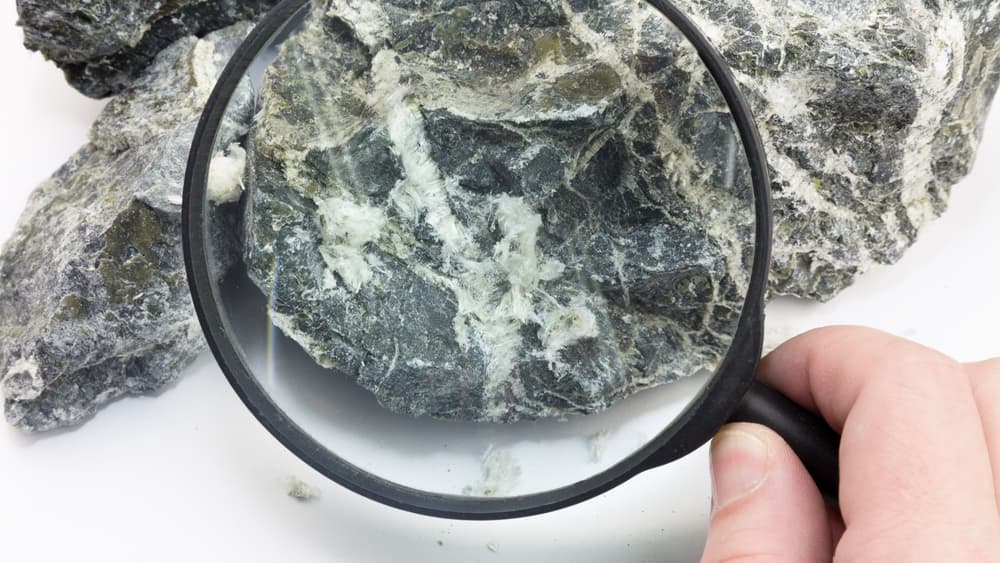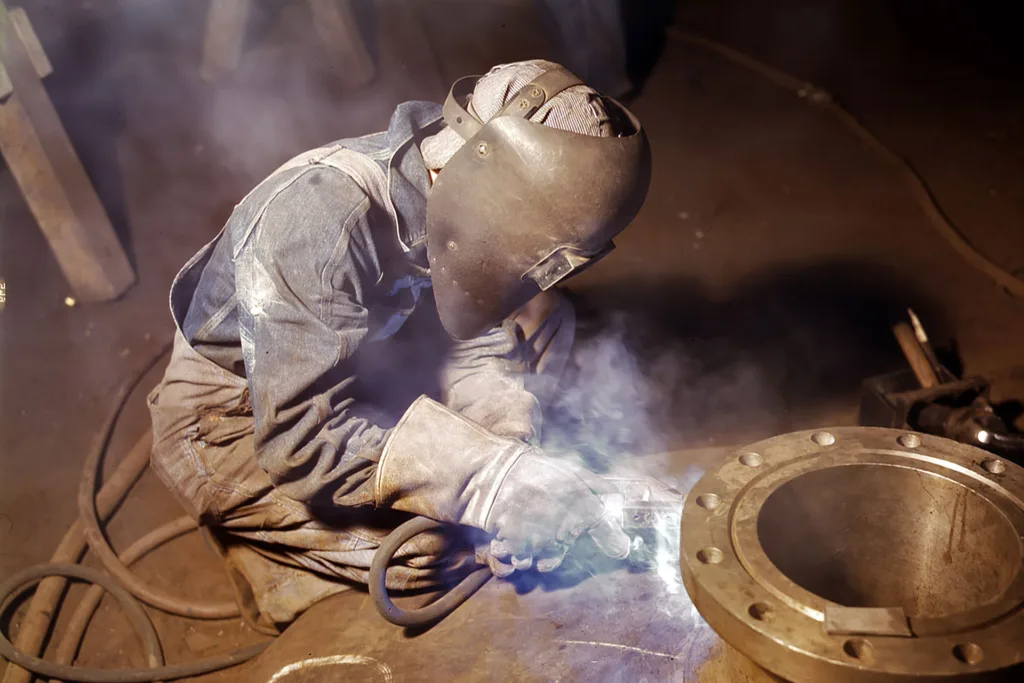When many people think about asbestos-related diseases such as mesothelioma, they usually picture a man suffering exposure after working in a mill, a mine, or a manufacturing plant. However, as a recent report from the Centers for Disease Control (CDC) highlights, women are dying more often from mesothelioma due to asbestos exposure.
Women often suffer from asbestos illnesses like mesothelioma through indirect exposure to asbestos. Anyone in this position or who has lost a loved one should consult a mesothelioma attorney in Chicago immediately.
Disturbing Numbers
According to the CDC, the number of women dying from mesothelioma increased by 25 percent in several years. The most significant percentage of deaths, 22.8 percent, occurred in women who were homemakers when they suffered asbestos exposure. The next-largest percentage, 15.7 percent, were women who worked in healthcare and social assistance occupations. These women served in nursing, home health, and personal care positions.
Secondary Asbestos Exposure
The above doesn’t imply that women didn’t experience asbestos exposure while performing jobs typically associated with men. Of the more than 600 women who passed away from mesothelioma in a singular year, 18 of them either worked in the construction, agriculture, or manufacturing industries, according to the CDC report.

The majority of these tragic deaths, however, occurred due to secondary asbestos exposure. Women often face heightened risks due to their roles as caregivers, homemakers, and family members of asbestos-exposed individuals. While men have been more commonly exposed to asbestos in occupational settings historically, women can still be affected by asbestos fibers brought home by spouses, parents, or other family members who work in high-risk industries.
Here’s some brief information on some reasons why secondary asbestos exposure occurs among women:
- Household exposure: Women who live with asbestos-exposed individuals, such as husbands who work in construction or shipbuilding, are at risk of secondary asbestos exposure. Asbestos fibers can be carried home on work clothing, shoes, or tools, putting household members, including wives and children, at risk of inhaling or ingesting asbestos fibers.
- Caregiver roles: Women often take on caregiving roles for family members diagnosed with asbestos-related diseases such as mesothelioma. While providing care and support, caregivers may inadvertently come into contact with asbestos fibers present in the environment or on the belongings of affected individuals.
- Cleaning activities: Household cleaning activities, such as laundry or dusting, which can disturb asbestos fibers settled on surfaces or in carpets. These activities can release asbestos particles into the air, increasing the risk of inhalation and exposure.
- Occupational exposure: Again, although less common, women can also face direct asbestos exposure in certain occupations, such as manufacturing, construction, or renovation work. In these industries, women may handle asbestos-containing materials or work in environments where asbestos fibers are present, putting them at risk of primary exposure.
Investigating How a Victim Suffered Asbestos Exposure
Victims of asbestos exposure and their families deserve justice. The best way to get that justice is to hire an experienced mesothelioma lawyer. An attorney will investigate to obtain proof of how the exposure occurred. This proof is critical to the victim’s ability to obtain fair compensation.
When investigating a client’s asbestos exposure to determine the cause, attorneys employ a comprehensive approach that involves gathering evidence, conducting interviews, and consulting with professionals. Here’s a closer look at how the typical asbestos exposure investigation works.
- The Client Interview: The investigation typically begins with a thorough interview with the client to gather information about their work history, living environment, and potential sources of asbestos exposure. Attorneys ask detailed questions to understand the client’s occupational and residential history, including past employers, job duties, locations worked, and duration of employment.
- Medical Records Review: Attorneys review the client’s medical records, including pathology reports, imaging studies, and other diagnostic tests, to confirm the diagnosis of asbestos-related diseases such as mesothelioma, lung cancer, or asbestosis. Medical records provide valuable insight into the extent of the client’s illness and may contain clues about potential sources of asbestos exposure.
- Employment History Investigation: A lawyer will investigate the client’s employment history to identify past employers and job sites where asbestos exposure may have occurred. They may, for example, work to obtain employment records, payroll records, union records, and other documentation to establish the client’s work history and potential exposure to asbestos-containing materials.
- Witness Interviews: An attorney may also interview witnesses who know the client’s asbestos exposure. These witnesses may include coworkers, supervisors, family members, or friends. Witnesses may provide valuable information about the presence of asbestos in the workplace, specific job tasks involving asbestos, and other relevant details that help establish liability.
- Site Inspection: In some cases, a lawyer will inspect the client’s former workplaces, job sites, or residential properties where asbestos exposure may have occurred. They check for asbestos-containing materials, evaluate potential exposure pathways, and gather physical evidence to support the client’s case.
- Product Identification: Attorneys frequently collaborate with professionals, such as industrial hygienists or asbestos specialists, to identify the types of asbestos-containing products the client encounters. Professionals may analyze samples of materials found at worksites or homes to determine the presence of asbestos and identify the manufacturers of those products.
- Document Review: Safety manuals, product specifications, purchase orders, and shipping records can often identify the use of materials containing asbestos at the victim’s home or workplace. A thorough document review helps establish the presence of asbestos and potential sources of exposure, building a strong compensation case.
- Professional Consultations: Attorneys often consult with medical professionals, occupational health specialists, industrial hygienists, and other professionals to evaluate the client’s exposure history, assess the health effects of asbestos exposure, and determine causation. These professionals provide valuable insights and testimony to support the client’s case in litigation.
Don’t hesitate to get in touch with a Mesothelioma Attorney As Soon As You Can
A skilled, experienced mesothelioma lawyer will work diligently to prove the source of asbestos exposure and navigate the legal complexities on your behalf, ensuring you receive the compensation you deserve. Please contact one immediately so they can begin representing you and advocating for your rights.



